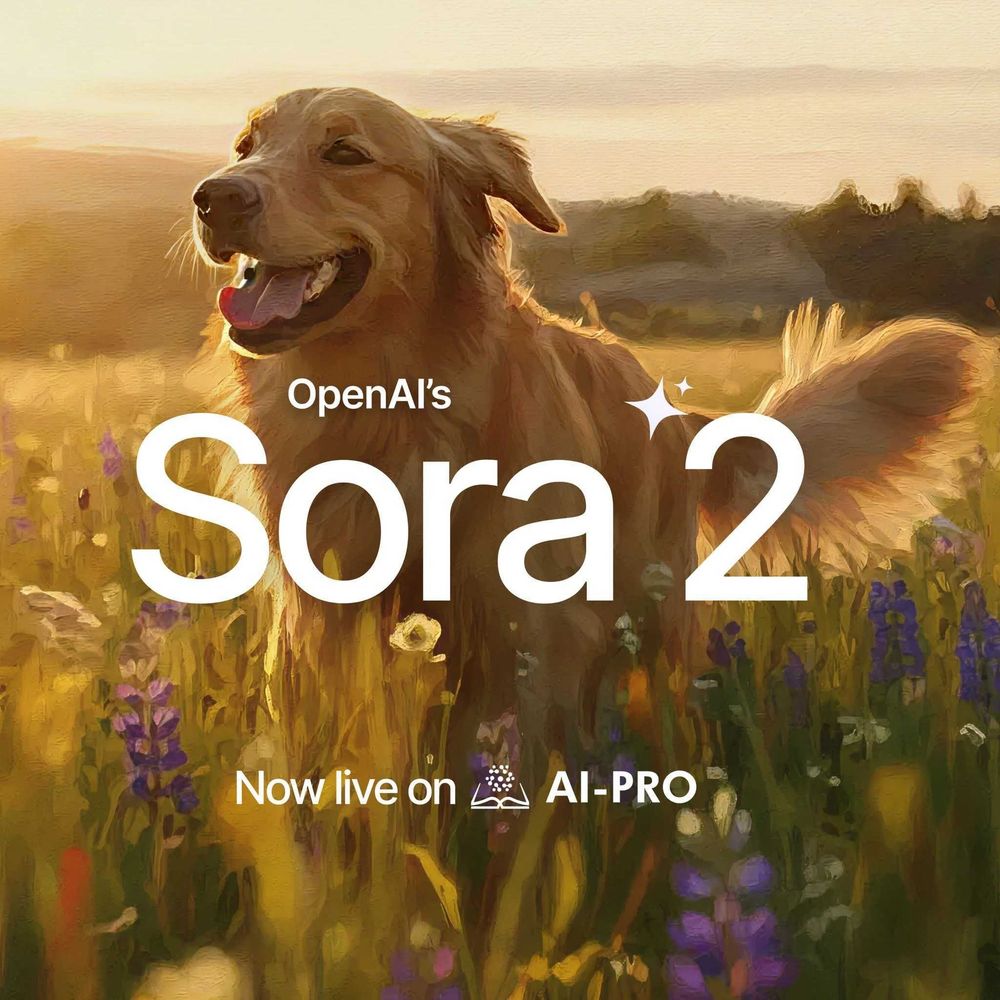Imagine teaching a computer to learn and adapt in real-time, much like a child learns from their experiences and rewards. This is the essence of reinforcement learning (RL), a dynamic branch of artificial intelligence (AI) that empowers machines to make decisions and refine their performance through trial and error. Unlike traditional machine learning, which often relies on pre-labeled data, reinforcement learning enables systems to discover optimal actions by interacting with their environment and receiving feedback in the form of rewards or penalties.

As we delve into this article, we’ll unravel the fundamentals of reinforcement learning, exploring how it operates and why it’s pivotal in the AI landscape. This guide will offer a clear and engaging overview of this AI terminology by breaking down complex concepts and illustrating real-world applications. With this, we’ll make reinforcement learning accessible and relevant to your understanding.
What is Reinforcement Learning?
Reinforcement learning (RL) is a unique subset of artificial intelligence that focuses on training models to make decisions by interacting with an environment. At its core, RL is inspired by behavioral psychology, where learning is driven by rewards and punishments. This approach enables machines to learn optimal actions over time by exploring various strategies and adjusting based on the feedback they receive.
4 Key Concepts in Reinforcement Learning
To further grasp reinforcement learning, let’s look into four key concepts:
- Agents and Environments: In RL, an agent is the entity that learns and makes decisions. The environment is everything the agent interacts with, including the context in which it operates and the feedback it receives. The agent's goal is to maximize cumulative rewards by taking actions that lead to the best possible outcomes.

- Rewards and Penalties: The agent receives rewards or penalties based on its actions. Rewards are positive feedback that encourages desirable behaviors, while penalties are negative feedback that discourages undesirable ones. This feedback helps the agent learn which actions are beneficial and which are not.
- Actions and States: The actions are the choices the agent can make, and the states are the different situations or conditions the agent encounters in the environment. The agent's task is to determine the best action to take in each state to achieve its goal.
- Policy and Value Functions: A policy is a strategy that defines how the agent decides which action to take in a given state. The value function evaluates the potential future rewards of different states or actions, helping the agent choose the most promising paths.
How Does Reinforcement Learning Work?
Reinforcement learning operates through a cycle of interaction between the agent and the environment:
- Exploration: The agent explores the environment by trying different actions to discover their effects. This phase is crucial for learning as it allows the agent to gather information about the environment and understand which actions lead to better rewards.
- Exploitation: Once the agent has gathered enough knowledge, it shifts to exploitation, where it uses the learned information to choose actions that maximize rewards based on past experiences. This phase helps the agent refine its strategy and improve performance over time.

- Learning and Updating: During the learning phase, the agent updates its policy based on the rewards and penalties received. It adjusts its strategy to favor actions that lead to higher rewards, continuously refining its approach to optimize outcomes.
The iterative process of exploration, exploitation, and learning allows agents to adapt and improve their decision-making abilities, making them particularly valuable in complex and dynamic environments where pre-defined rules are insufficient.
The Applications of Reinforcement Learning
Reinforcement learning has a diverse range of applications, demonstrating its versatility and effectiveness in various fields. Here’s a look at some key areas where RL is making a significant impact:
- Personal Assistants: Reinforcement learning plays a role in enhancing the functionality of personal assistants like Google Assistant and Siri. These systems use RL to improve their ability to understand and respond to user commands by learning from interactions and feedback.
- Video Games: In the realm of entertainment, RL is used to develop sophisticated artificial intelligence for video game characters. By employing RL techniques, game developers can create non-player characters (NPCs) that adapt and respond dynamically to player actions, resulting in more engaging and challenging gameplay experiences.
- Recommendations Systems: Streaming services such as Netflix and YouTube utilize reinforcement learning to provide personalized content recommendations. RL algorithms analyze user behavior and preferences to suggest relevant movies, shows, or videos, continually refining recommendations based on user feedback.
- Autonomous Vehicles: Reinforcement learning is crucial in the development of self-driving cars. These vehicles use RL to navigate complex driving environments, make real-time decisions, and improve safety by learning from driving experiences and adjusting their behavior based on feedback.

- Robotics: In robotics, RL enables robots to learn and perform complex tasks by interacting with their environments. For example, robots equipped with RL algorithms can learn to manipulate objects, navigate spaces, and perform tasks with greater precision and efficiency.
- Financial Trading: Reinforcement learning is employed in financial trading to develop algorithms that can make investment decisions and optimize trading strategies. By learning from historical market data and trading outcomes, RL models can predict market trends and adjust trading strategies to maximize returns.
- Healthcare: In healthcare, RL algorithms assist in treatment planning and personalized medicine. By analyzing patient data and treatment responses, RL can help optimize treatment protocols and improve patient outcomes by recommending the most effective interventions.
These applications highlight the power of reinforcement learning to address complex problems and drive innovation across a range of industries. And it won’t stop here. As RL technology continues to advance, its potential for transforming various fields and improving everyday experiences is immense.
Expand Your AI Vocabulary!
Reinforcement learning represents a groundbreaking advancement in artificial intelligence, offering machines the ability to learn and adapt through experience and feedback. By mimicking the way humans learn from trial and error, RL empowers systems to make increasingly intelligent decisions across a wide range of applications—from personal assistants and video games to autonomous vehicles and healthcare. As this technology continues to evolve, it holds the promise of even more sophisticated and impactful innovations.
To deepen your understanding of reinforcement learning and explore more about AI and its various terminologies, check out AI-Pro's glossary of AI terms. There, you'll find valuable resources and insights that will further illuminate the fascinating world of artificial intelligence.





